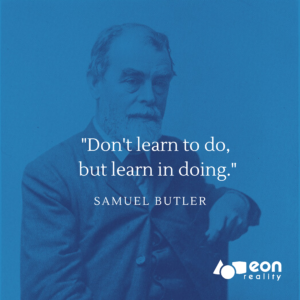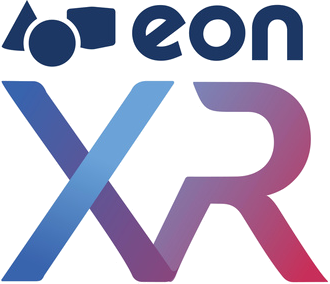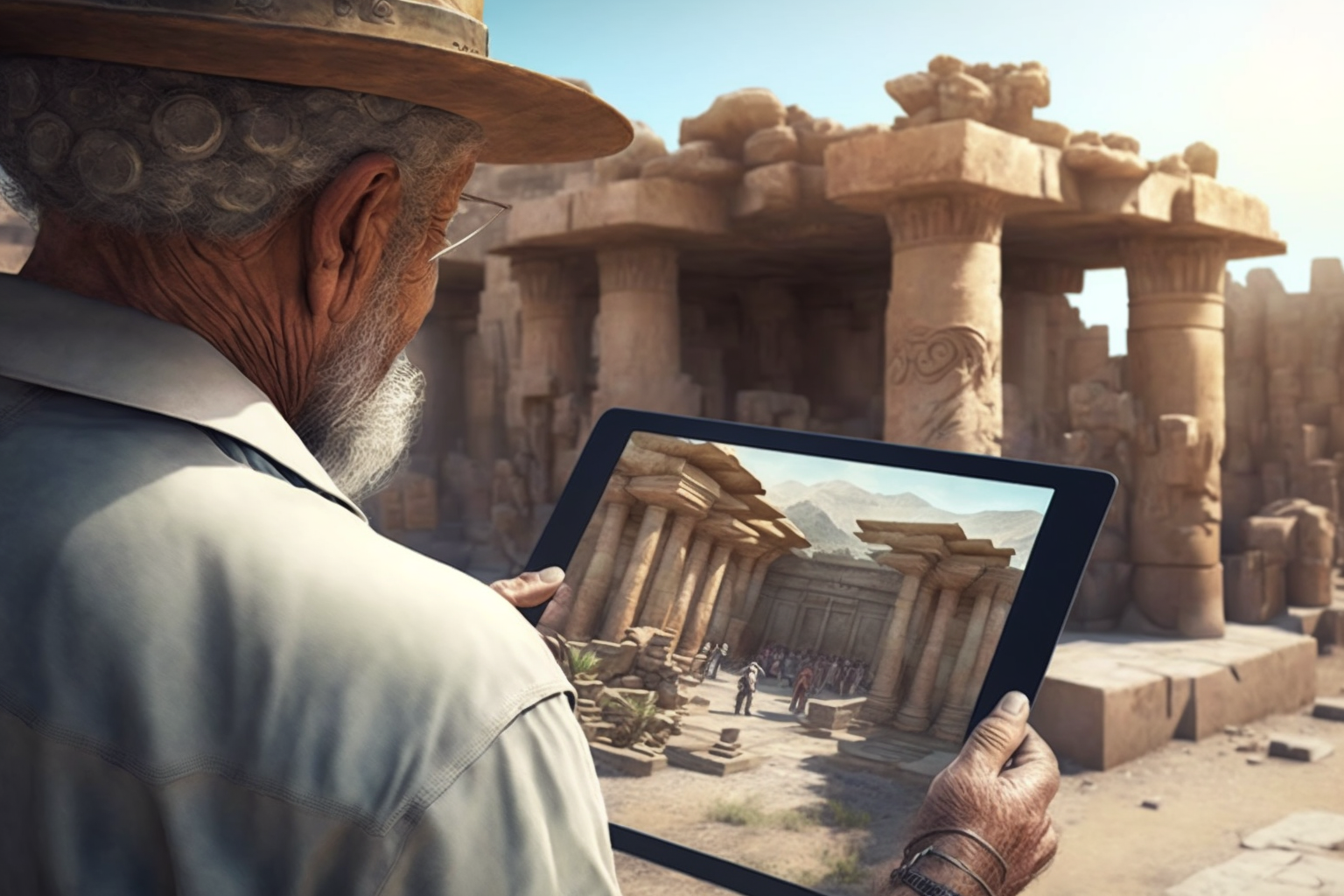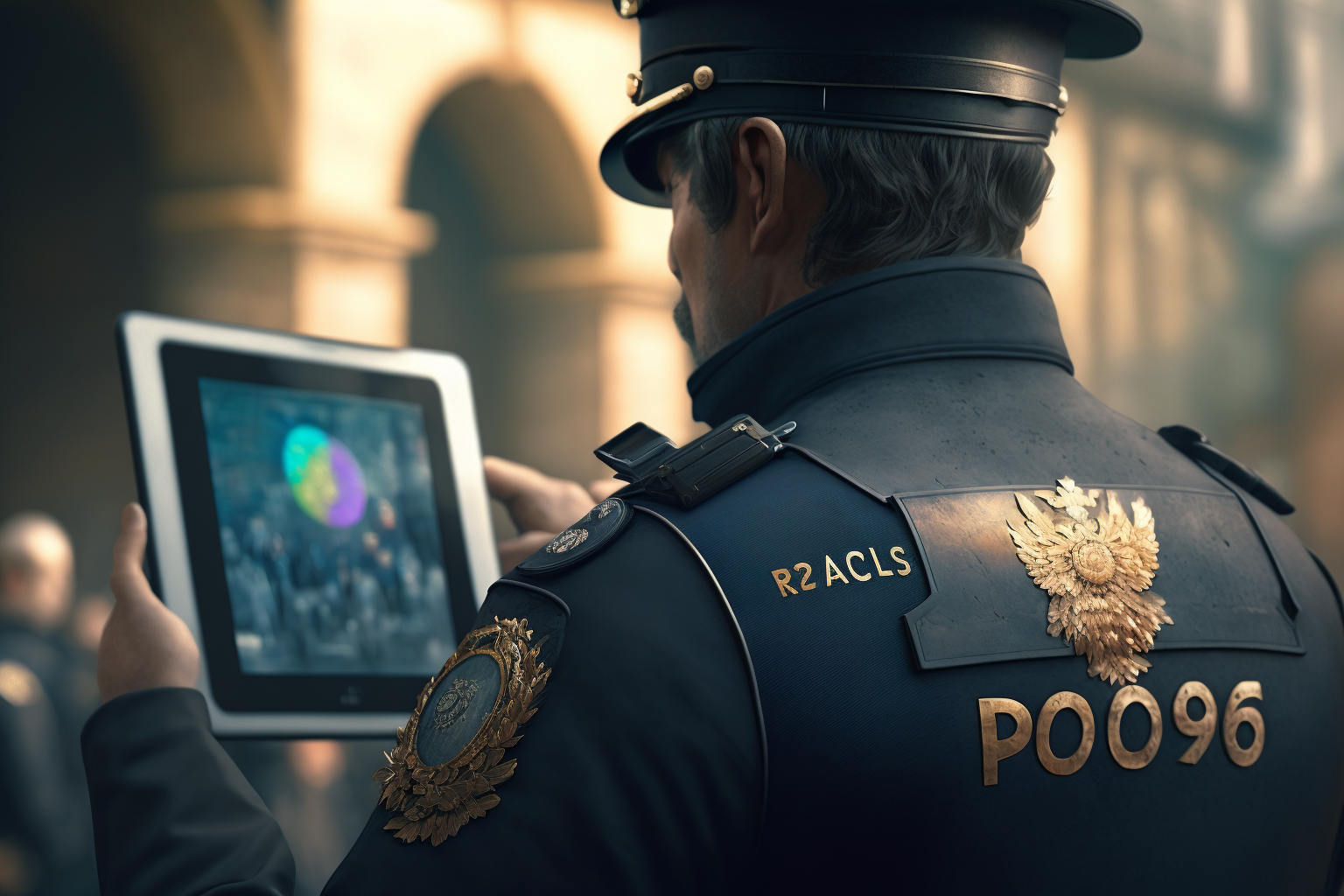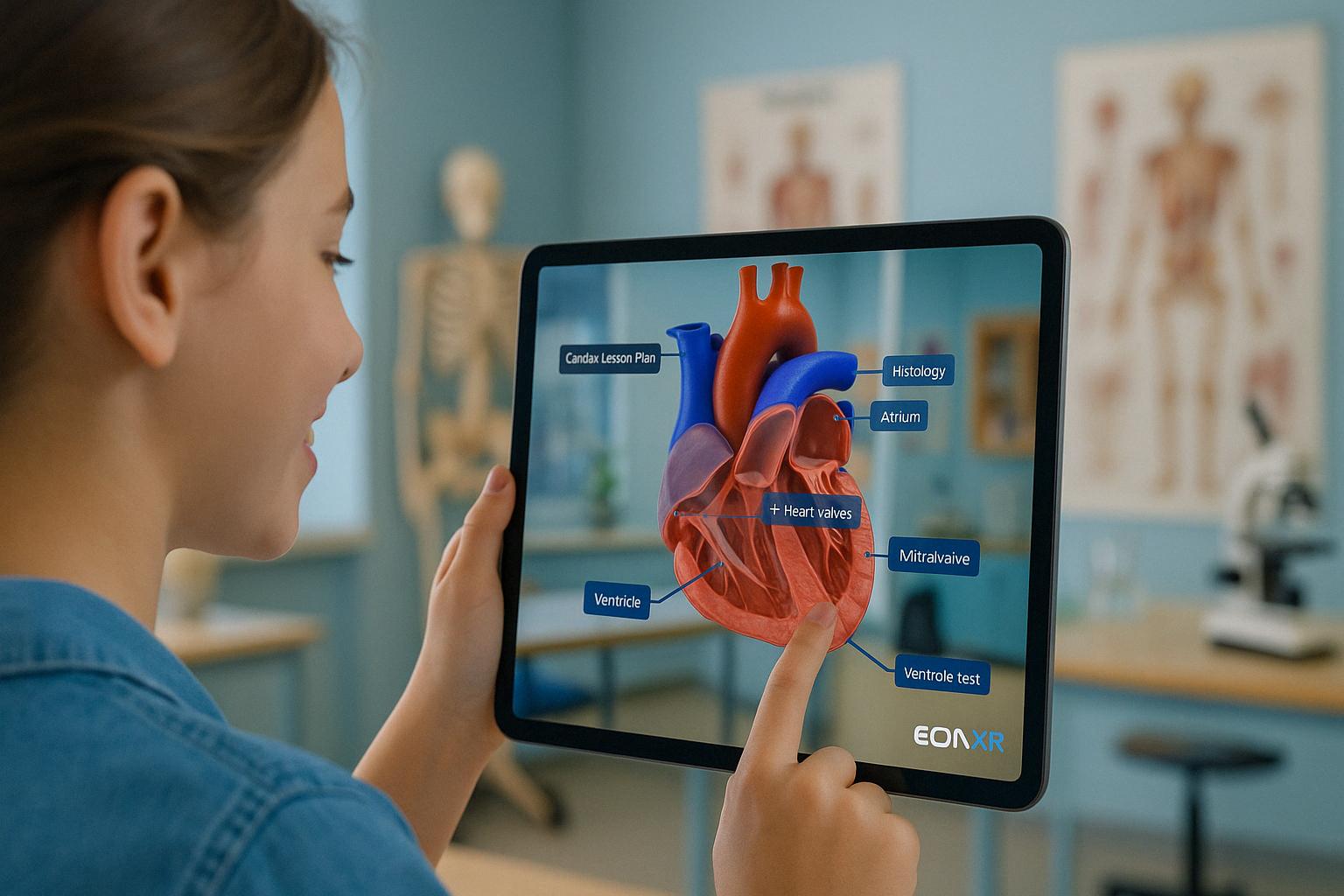In this article, we discuss the principles of active learning and share 5 online active learning strategies that can be used on EON-XR.
What is active learning?
Active learning is defined a learning process where students are engaging and interacting in the learning process as opposed to passively consuming the information.When engaging and interacting with the information, students tend to understand the information and its context in a deeper level as opposed to superficial knowledge. This process of learning allows them to connect old knowledge with new knowledge and helps to contextualize the information and reconsider existing opinions, lending a holistic approach to learning.
Why does active learning work?
Existing research suggest that active learning approaches helps to activate cognitive and sensory networks, which helps in processing and storing new information. As author of the article, Claire Hoogendoorn from New York City College of Technology suggests, the activation of multiple neural pathways by incorporating sensory, cognitive, emotional and social processes in learning helps students learn better.
Researchers from Cornell University have also found that the attention span of students tend to wane between the 10 and 20 minute mark of a lecture. For online video based lectures, the span decreased from 6-8 minutes. This means lecturers are constantly struggling to keep the attention of students, which suggest that active learning could be the solution to recapturing distracted students.
Passive Learning vs Active Learning
Didatic lectures is practice dating back to the 14th century and involves the one-way transfer of information. This meant students were taking notes and ingesting as much information as possible, but has now been criticized as an outdated pedagogical model. However in the information age, too much clutter has changed the way their brains process information and learn. This highlights an urgent need to distinguish between rote learning and authentic learning. Today, active learning serves as stronger pedagogical model, by redesigning the cognitive learning journey and embedding the 21st century skills of analytical thinking and problem solving into the lesson.
For example:
Passive learning is a lecture on the history of battles around the world. Active learning is student discussions and presentations on the battles they have heard about and the context in which they were started
Passive learning is providing annotated diagrams of cellular process in the human body. Active learning is providing diagrams which students can explore and annotate themselves.
These examples are but a few instances in which the same subject matter can be taught through re-framing the lesson process. What are some other ways active learning can be brought into the classroom?
The 5 online, active learning strategies
Director of Education and Global Innovation, Jamie Justice shares 5 online, active learning strategies using EON-XR:
- Use problem based learning through student created content as an active learning assignment
Students can create lessons on a specific subject, and then tasked to research, create and present their findings to their peers. This can be done using the 9 step Self-Directed Learning Plan for EON-XR - Assign projects requiring students to demonstrate knowledge and understanding of a specific task through lesson completion using Competency Based Education Principles.
Using EON-XR, teachers can create interactive , 3D lessons that mimic real world interactions. As they progress through the lesson, students can work through a process, as often and as necessary, at their own pace and time. - Student created 360º immersive experiences to document a process or procedure shown in EON-XR.
Using the 360º lesson creation feature, students can demonstrate their knowledge of a process or procedure, by recording a step by step 360º video for assessment. Alternatively, they can construct a 3D or VR lesson for this purpose. - Design a research project for students that requires multiple lessons to demonstrate core subject knowledge.
Facilitate independent and critical thinking by assigning collaborative research project for students in contextualized situations, which involves the creation of lessons to explore real-world problems. For example, getting students to illustrate the process of how to land the Rover on Mars, where students assume the role of aerospace engineers and demonstrate the engineering and design thought processes behind the landing on EON-XR. - Using visual cues and interactive learning concepts to better engage students through using EON-XR demonstrations in place of powerpoint.
Instead of static presentations, lessons can be designed with embedding visual and interactive elements that allow students to contextualise the lesson with their environment. This helps to reduce the cognitive distance to understanding, and consequently increasing retention and recall of what is taught.
EON-XR Platform for Active Learning
It has shown that students learn more when they participate in the process of their own learning (Grunert, 1997). Given the recent pivot to the online classroom format, it is more important than ever that students remain engaged in the learning process. EON-XR, which is designed to encourage active learning practices is now available for free here.

